Amongst the myriad classrooms full of students staring eagerly at bright computer screens, even the minority that were blissfully engrossed in a world still grounded in paper and pen are forced to switch gears to a more technology-centered approach. As a school-wide paper shortage spreads across Westwood, many teachers are pushed to find other, typically virtual alternatives, leaving lasting effects on the learning methods and content retention for students.
The paper shortage was made known to teachers early on in the year, setting newfound restrictions on them and the way they planned to teach their material. Many teachers had already experienced minor effects of the paper shortage when they received an email warning of impending limitations due to the heavy demand yet poor supply of the classic commodity.
“At the beginning, when they said that we were running out of paper, I believe it was September,” LOTE Teacher Luisa Rice said. “[By that point], we were already half way done with our supply of paper for the year.”
Straying from common beliefs that the shortage may be due to supply limitations or the pandemic, Sra. Rice believes it’s a fund issue. She considers that if the problem does lie in the funds, then there’s no reason for there to be a shortage when the school spends money for other types of things like teacher trainings, which cost a lot and, according to her, aren’t really beneficial. However, she also contemplates the idea that these funds, or lack thereof, may come from higher up than the school.
“[I strongly believe] it’s because of the funds,” Sra. Rice said. “The admin doesn’t want to limit us [too much] because they know we need it, but it trickles down from the government, from the state. They had a surplus this year, billions of dollars, and they didn’t spend a single penny on education.”
Confirming Sra. Rice’s hunch that the budgets may be the leading factor behind the paper shortage, Westwood’s bookkeeper Jana Japour explained that the campus budget allocated to the print shop is normally $50,000. However, due to other areas that need funding, the budget had to be halved. As a result, the school started out with a budget of only $20,000, and in one month, over half the supply was gone. However, Mrs. Japour suspects that the effects of the shortage should get better as the school year progresses.
“I think the mass spending in August had to do with the start of school [where] teachers are printing packets, journals and really cool things that help the kids in class and help them study — [but] that adds up,” Mrs. Japour said. “[Luckily], the September print shop bill wasn’t anywhere near the August one, so we [should be] back on track.”
Regardless of the causes, the impacts of the paper shortage are heavily felt in the teachers’ newly altered way of instruction. The true extent of positive influence the classic pen and paper method extends over students is widely undermined by the rapid advancement of technology. In reality, there are many subtle differences paper makes in promoting students’ creative freedom and ingenuity, as well as their general ability to retain information better.
“[Being in front of a computer all day] has a negative impact [on students’ learning], because we all know that when you write things down, the info stays in your brain and you absorb the content better,” Sra. Rice said. “In my classes, every time that my students have a writing assignment, they have to do it on paper. That way they don’t use chromebooks for any type of translations or anything.”
As the shortage stretches past the initial months of the school year, teachers have tried to find temporary solutions around the lack of paper. For some classes, these effects are felt more than others, as paper is incorporated into some courses too much for teachers to fully be able to get rid of it from their teaching plans.
“In the LOTE department we don’t have a textbook, so we have to print a lot,” Sra. Rice said. “It’s getting worse because we’re all super limited, and [there’s just] not enough paper, so I [end up] buying my own.”
Though on the surface, the main issue of the paper shortage seems to be, well, paper, budgets aren’t the only thing preventing teachers and staff from utilizing the printing services on campus. In the numerous new additions that were introduced to Westwood over the summer in preparation for the school year, new printers were one of them. However, what no one anticipated were the myriad issues that would arise in tow with these recent additions.
“Another problem that came up was that we got new printers on campus this year, and the specific toner needed for those printers is also a nationwide shortage.” English teacher Drake Clapp said. “So even beyond trying to use less paper for our budgetary paper shortage, we now have a toner shortage, so even if we pay for the paper, we don’t have the printing ability for it.”
With the increasing rise of large language models such as Chat GPT, Google Translate, and other artificial intelligence systems, many teachers are concerned that overdependence on computers and other technology will fail to be an accurate determinant of students’ credibility and true thinking processes, and that utilizing paper for assignments will help combat the issues of students’ use of bots and AI to get work done.
“One [of the key ways] to verify that students do their own work is by having them write it on paper,” Mr. Clapp said. “Especially in courses like foreign languages, history, and English — those are the classes that paper is used the most because that’s where students have to write their own thoughts the most.”
What’s commonly accepted to be one of the largest global issues of our times, the COVID-19 pandemic also plays a major role in teachers’ enhanced outlook towards the use of paper and the recent lack of it in the classroom. Although for many students extensive online learning is now a normality due to the way it was forced during synchronous virtual class, many teachers find themselves veering slightly to an older, more classic method.
“[Teachers] realized that we went too far virtual, and we’re now [trying to] balance it out with, you know, not going too heavily into using technology,” Mr. Clapp said. “We were neglecting the skills that can be most appropriately developed with just having a book and paper in front of you, and by talking to peers rather than talking through technology.”
This particular paper shortage, only made more critical due to its arrival at the beginning of the year, not only heavily impacted teachers’ planning and the way they structured homework and assignments, but taught a valuable lesson to teachers, administrators, and students on the importance of a common commodity such as paper that is often taken for granted.
“I haven’t seen anything like this before, and [I think] we just have to reevaluate how we allocated the budget, and make it work so that the teachers get what they need and so that [the students] get what they need,” Mrs. Japour said. “The cost of things are going up, but we’re not getting more money to make up for that inflation, so its been pretty tough in the past couple of years in particular, [but] hopefully [something to this extent] doesn’t happen again.”

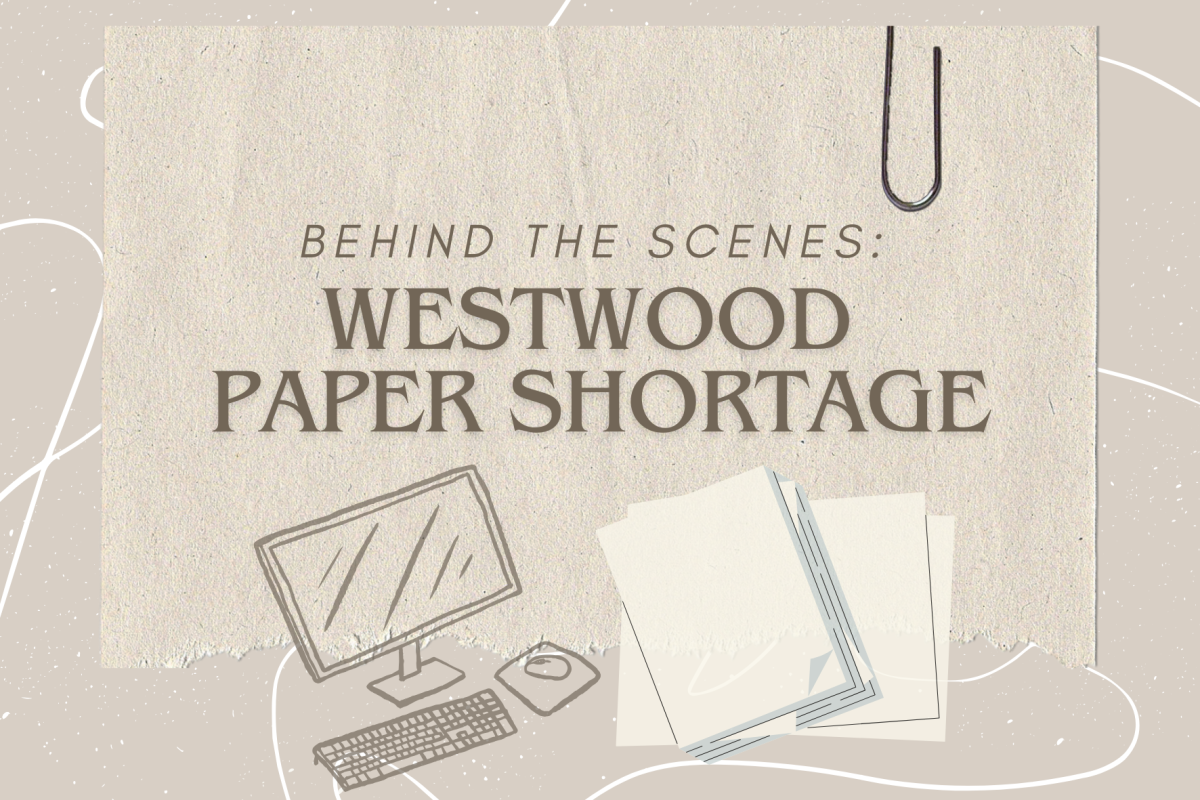
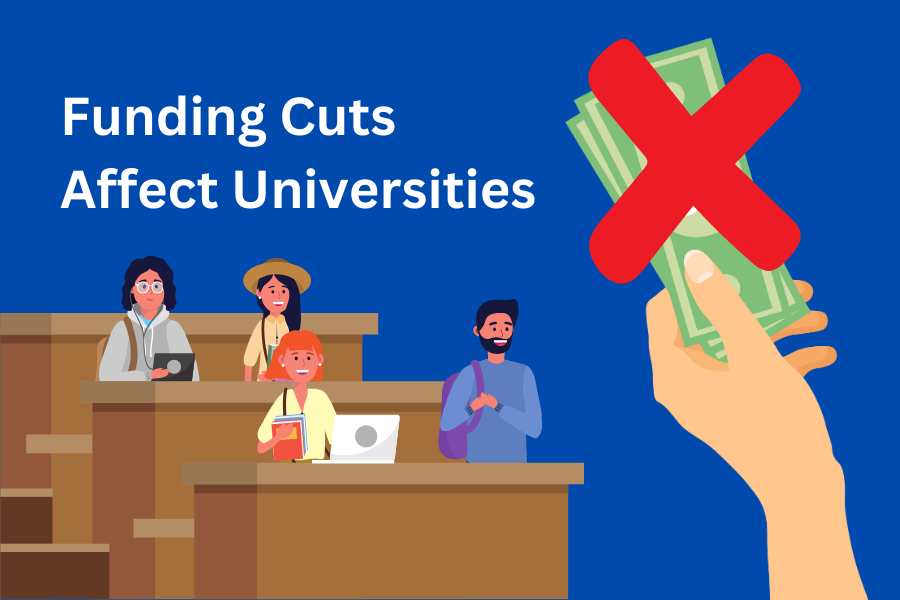
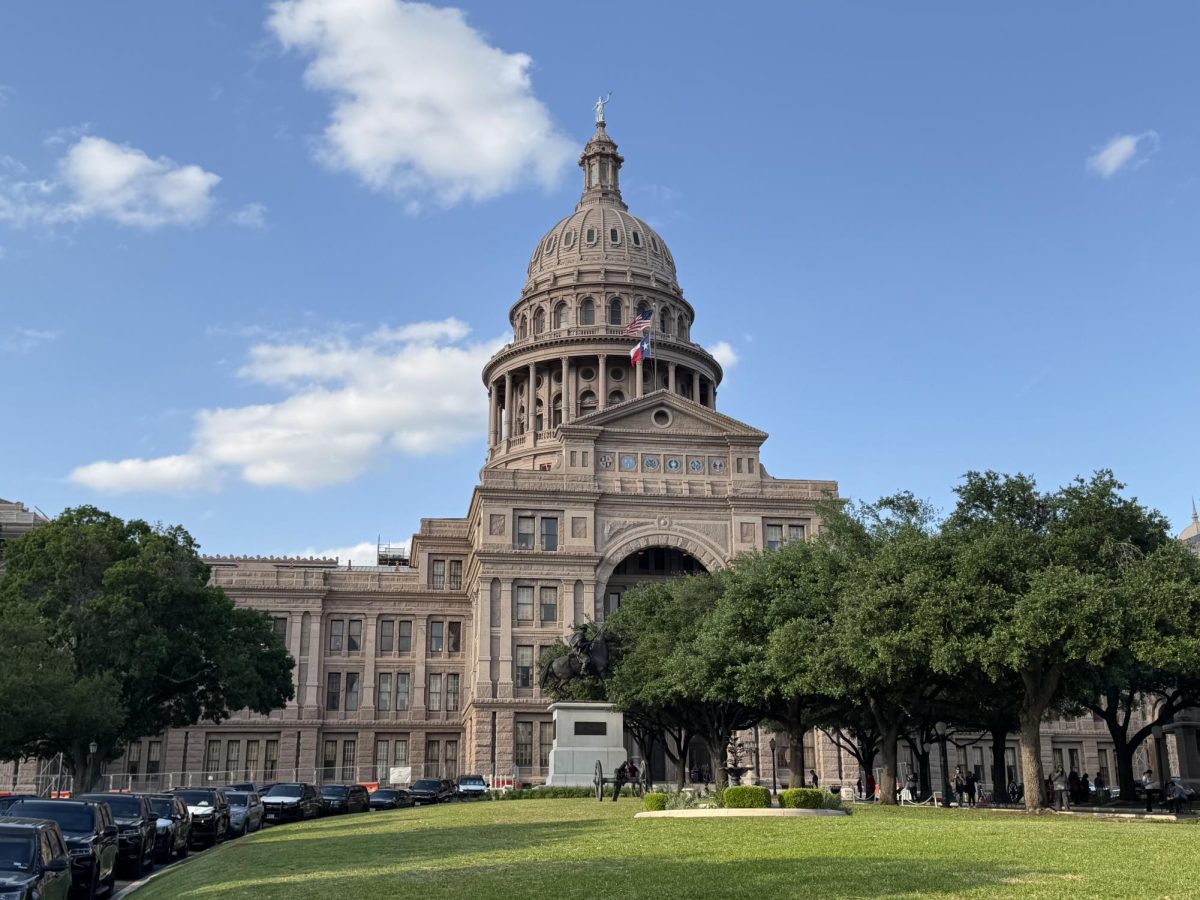


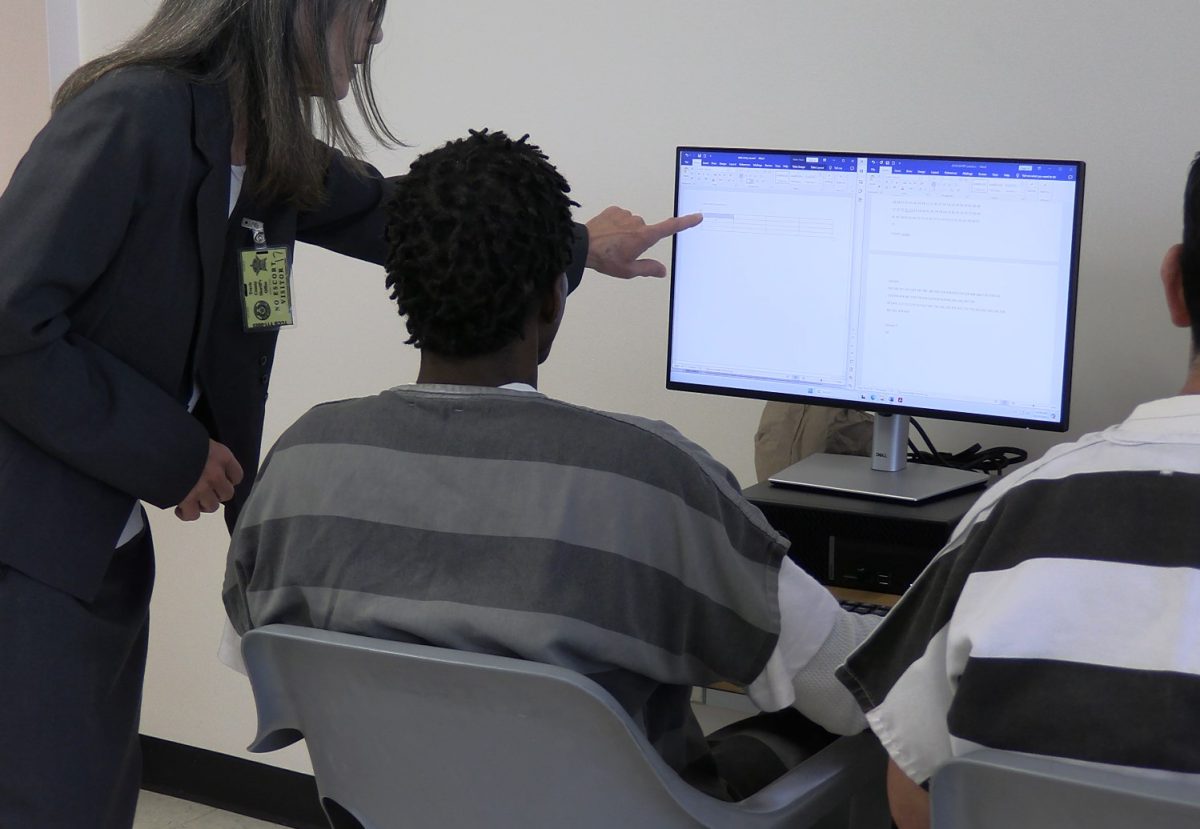



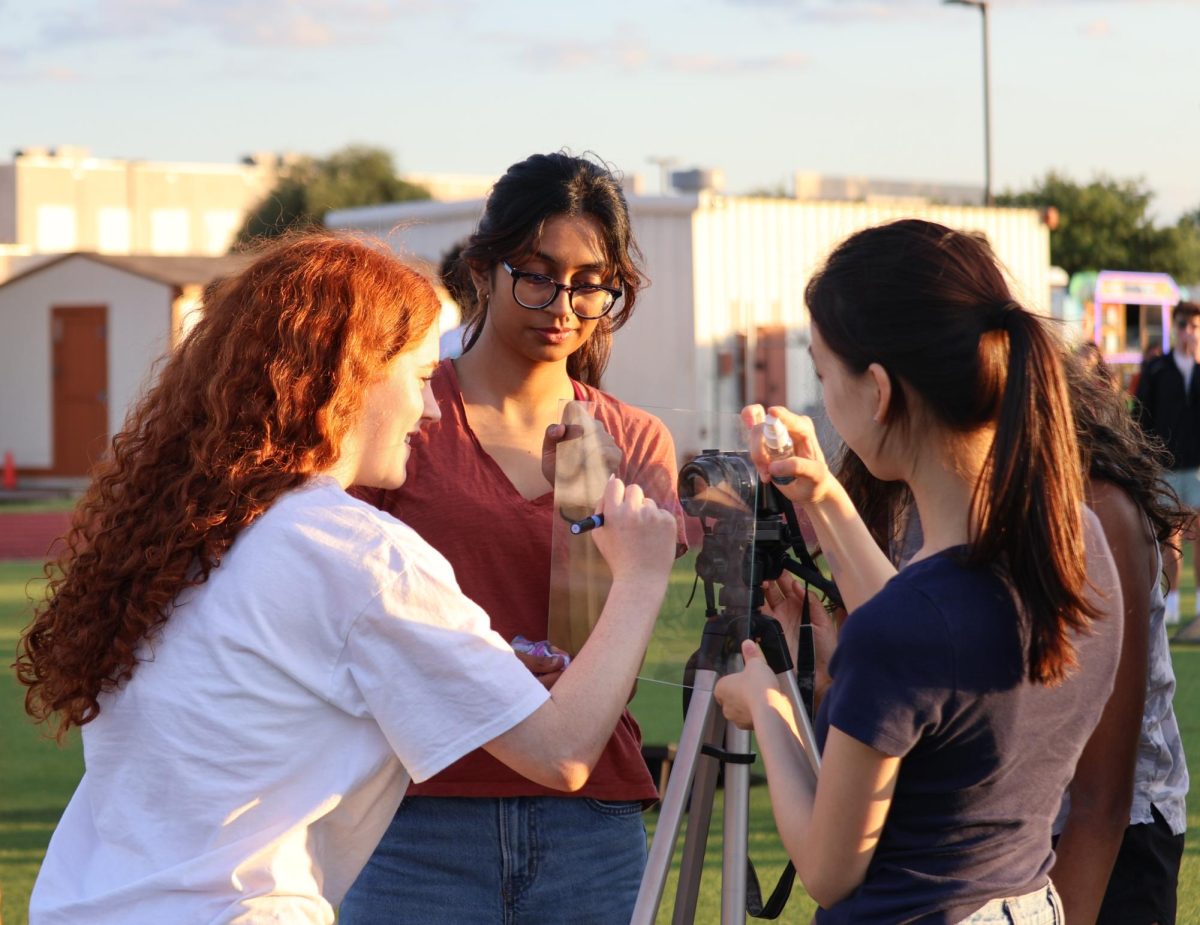
![Holding her plate, Luciana Lleverino '26 steadies her food as Sahana Sakthivelmoorthy '26 helps pour cheetos into Lleverino's plate. Lleverino was elected incoming Webmaster and Sakthivelmoorthy rose to the President position. "[Bailey and Sahiti] do so much work that we don’t even know behind the scenes," Sakthivelmoorthy said. "There’s just so much work that goes into being president that I didn’t know about, so I got to learn those hacks and tricks."](https://westwoodhorizon.com/wp-content/uploads/2025/05/IMG_0063-1200x1049.jpg)


